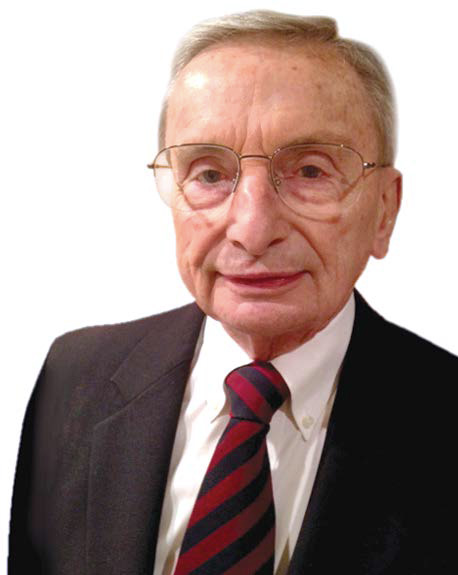Pioneer to the planets
For 30 years, the Pioneer 10 spacecraft toward then past Jupiter, sending Earth information about what lies in and beyond our solar system. It could only do so because of the plutonium-238 nuclear battery powering its scientific instruments.
 Bernard Kokenge '61 received his bachelor’s degree in chemistry from UD in 1961 and his doctorate in chemistry from Ohio University in 1966. He then began his career as a research chemist with Monsanto Research Corp. at Mound Laboratory in Miamisburg, Ohio.
Bernard Kokenge '61 received his bachelor’s degree in chemistry from UD in 1961 and his doctorate in chemistry from Ohio University in 1966. He then began his career as a research chemist with Monsanto Research Corp. at Mound Laboratory in Miamisburg, Ohio.
He began work on improving plutonium nuclear fuels for space application and received a patent on an improved plutonium-238 fuel form in 1972. That fuel has been used in nuclear batteries for several NASA missions including the Galileo mission to Jupiter and the Cassini mission to Saturn.
“These nuclear heat source batteries were an integral part of many spacecrafts. Think of them as an on-board electrical utility — kind of like a mini DP&L in space,” Kokenge said, refering to Dayton’s local power company.
Kokenge worked at Mound for more than 20 years in high-level management positions in charge of the research, fabrication and delivery of these nuclear heat source packages to the U.S. Department of Energy and NASA. He left in 1986 as the associate director of Mound Laboratory.
He now works as a consultant for the U.S. Department of Labor on classifying chemicals used by workers at the various U.S. government nuclear sites from the early 1940s to the present.
Kokenge said he appreciates the solid education he received at UD, the encouragement of its professors and the support of his wife, Joy, throughout his career.
Somewhere, an estimated 10 billion miles away, Pioneer 10 is still floating, heading out of our solar system. And inside is a capsule that holds the names of all the people, including Kokenge, involved with its mission.
Proof that a Flyer’s impact can truly be out of this world.